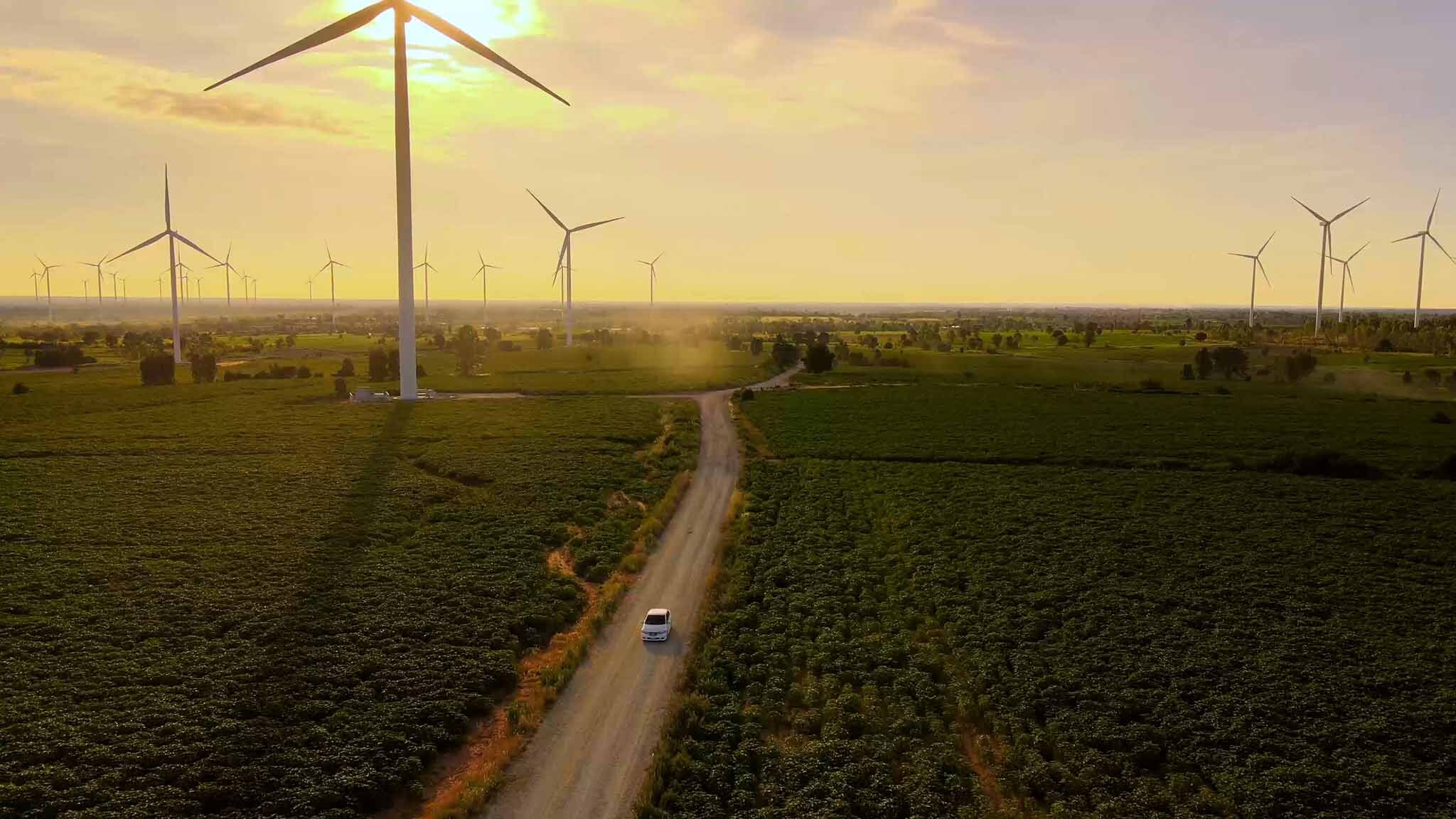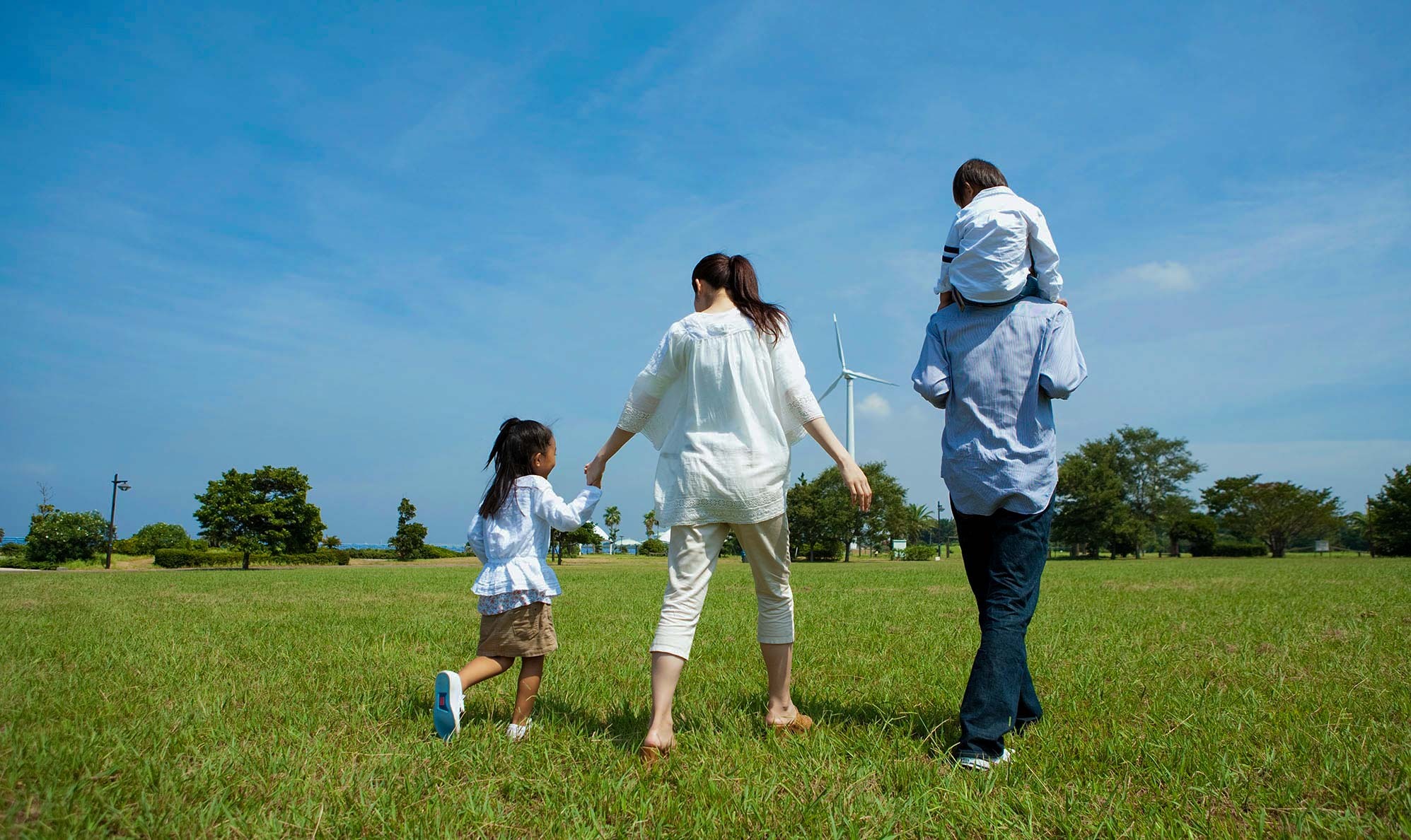
Driving Sustainability
With fossil resources predicted to run out this century, how can auto-parts manufacturers create value for individuals, society, and the planet?
Climate change is pushing ecosystems and communities to their limits, with the latest climate science indicating that if the rise in global temperature is limited to 1.5°C, devastating impacts on people and nature can be avoided. One of the key contributors to the earth’s warming is CO2 emissions from burning fossil resources, and with the overwhelming majority of today’s transport dependent on such resources, some in the mobility sector have been putting the drive for sustainability into high gear.
When Bridgestone first started operations in Japan in 1931, it did so with the mission of serving society with superior quality in the tire and rubber business. Today, with the same unwavering commitment to society, Bridgestone has grown into a global company, evolving beyond tires into a sustainable solutions company with ambitious goals to achieve carbon neutrality by 2050.
The company’s efforts to provide customer and social values, improve public health and maintain biodiversity, are accelerated by the “Bridgestone E8 Commitment”. The eight vectors—Energy, Ecology, Efficiency, Extension, Economy, Emotion, Ease, Empowerment—integrate purpose and process to realize a sustainable society around mobility.
Bridgestone
The company defines its Bridgestone E8 Commitment
Guided by the values of the Bridgestone E8 Commitment, the company is forging ahead with strategic initiatives, products, and solutions, as it diversifies beyond tires toward becoming a sustainable solutions company. In 2022, Bridgestone was selected for inclusion in the FTSE4Good Index Series in recognition of the company’s environmental, social, and governance (ESG) performance for the fourth consecutive year.
Transition to Renewable Energy
In response to the inevitable depletion of fossil fuels and the impending threat of a climate crisis, Bridgestone has committed to cut CO2 emissions by 50% compared with 2011, and to achieve this goal by 2030. The company’s Bridgestone E8 Commitment includes exploring renewable energy sources including biomass, hydrogen, and ammonia, as well as leveraging technology to reduce energy consumption and to increase energy efficiency.
Bridgestone has also made substantive commitment to harnessing the power of the sun with solar projects around the world. According to the company, solar panel installation projects at their manufacturing plants in China, Thailand, Vietnam, Taiwan, and Indonesia have a current collective output of 4MWp with plans to increase to over 30MWp in the future. In Bridgestone’s Wuxi factory in China, solar energy contributes to about 5% of the factory power required, reducing considerable carbon emissions annually.
Values in focus: Energy, Ecology


ENLITEN Technology
To address the finite nature of resources, Bridgestone has come up with a solution that reduces raw material usage in tire design and development and enhances performance without compromising safety with partners including Lightyear, Nissan, NIO, Volkswagen, and Mercedes Benz. Tires made with ENLITEN technology are designed to be more lightweight and offer Low Rolling Resistance (LRR), which means energy loss is reduced when rolling thus resulting in greater fuel efficiency. The ENLITEN technology aims to improve retreadability, wear rate, and resource productivity, and in turn reduce CO2 emissions, lowers fuel consumption, and extends battery life for electric vehicles.
Values in focus: Energy, Ecology, Efficiency, Economy

Retread & Tirematics
To further reduce the dependency on raw materials including oil, energy, and rubber, worn tires can be retreaded rather than being replaced with new ones using Bridgestone’s Bandag Retread technology. By managing the future scarcity of raw materials, the subsidiary of Bridgestone is able to reduce their environmental footprint and recycle up to 75% of the tire material. By doing so, Bandag estimates that approximately 94 million gallons of oil* and 186 million pounds of tire waste were taken out from the waste stream in 2021.

Bridgestone is also involved with developing digital solutions such as Tirematics using the latest IoT and cloud technologies to enhance safety and optimize fuel consumption. Predictive monitoring through Tirematics sensors can ensure timely maintenance to achieve longer wear life of tires. By keeping tires in optimal condition, their retread potential is maximized and better fuel efficiency can be achieved, all of which spell good news for the environment.


Values in focus: Energy, Ecology, Efficiency, Extension, Economy, Ease
Road Safety
According to World Health Organization estimates, approximately 1.3 million people lose their lives every year as a result of traffic accidents, and an additional 20 and 50 million suffer non-fatal injuries.
Bridgestone’s commitment to society has seen the company advocate for road safety through education and numerous local projects, including partnering with local organizations in Vietnam to replace wooden bridges and provide safe access for locals. In Taiwan, the company is part of the BUBU Car Sharing program, a public-private partnership developed by the Ministry of Transportation and Communication. The free ride-sharing service in a remote township in Taiwan provides mobility to residents, including vulnerable elders and students. The company has also collaborated with government agencies and industry partners to implement road safety programs in schools in other markets including China, Korea, Singapore, and Malaysia.
Values in focus: Ease, Empowerment


Bridgestone World Solar Challenge
In recognition that the youth represent the future, Bridgestone continues to support innovative solutions, including sponsorship of the world’s premier solar car event, where young engineers race their hand-built solar powered vehicles 3,000 kilometers across the Australian outback.
Through this and other initiatives guided by the Bridgestone E8 Commitment values, Bridgestone looks to empower and co-create solutions with individuals, partners, and customers toward a sustainable future.
Values in focus: Energy, Ecology, Efficiency, Extension, Emotion, Empowerment


A Sustainable Workforce
The company continues to contribute to the community through education, launching the Bridgestone Academy in Indonesia in 2022, with the goal to grow from a manufacturing apprenticeship program into a three-year associate degree program by 2025. Similarly to create a sustainable workforce, Bridgestone has also implemented community skills development programs in Australia and New Zealand to build a talent pipeline for the future.
“In such turbulent times, we believe it is our role and responsibility – as a leading company in the tire and rubber industry that has continued to support social transformation and the movement of people and objects from the ground up – to support the realization of a sustainable society.”
– Shuichi Ishibashi, Global CEO and Representative Executive Officer, Bridgestone










